A history of aspiration, from Socrates’ “luxurious state” to Instagram envy
When it comes to admiring the trappings of other peoples’ lives—autumnal sweaters and doe-eyed dogs curled up on plush duvets, the deep suntans of exotic vacations, artfully arrayed homegrown tomatoes—there’s no medium quite like Instagram. Scrolling through can feel like catching glimpses through windows of the charmed, well-lit luxuries of other people’s lives—making one’s own feel lacking in comparison.


When it comes to admiring the trappings of other peoples’ lives—autumnal sweaters and doe-eyed dogs curled up on plush duvets, the deep suntans of exotic vacations, artfully arrayed homegrown tomatoes—there’s no medium quite like Instagram. Scrolling through can feel like catching glimpses through windows of the charmed, well-lit luxuries of other people’s lives—making one’s own feel lacking in comparison.
Instagram envy is a wholly modern phenomenon, but a deeply conflicted attitude toward luxury is not. What is it about luxury that inspires both our deep desire and derision? And how did we get here?
Millennia before we ogled sunlit picnic spreads and extravagant wedding dresses on our cell phones, Plato and Socrates recognized that luxury would not only be an inevitable element of civilized society, but a defining one. The 19th-century sociologist Thorstein Veblen established that luxury is all about aspiration and performance. And the couturier Christian Dior posited, in the dark days following World War II, that this aspiration to luxury is what makes us human.
Luxury is a performance
The clothes make the man. Perhaps no historical figure lived this concept quite like Louis XIV. With his dizzying renovation of Versailles in the late 1600s, and his establishment of a court culture with a strict and lavish dress code, the French king equated a man’s possessions with his power.
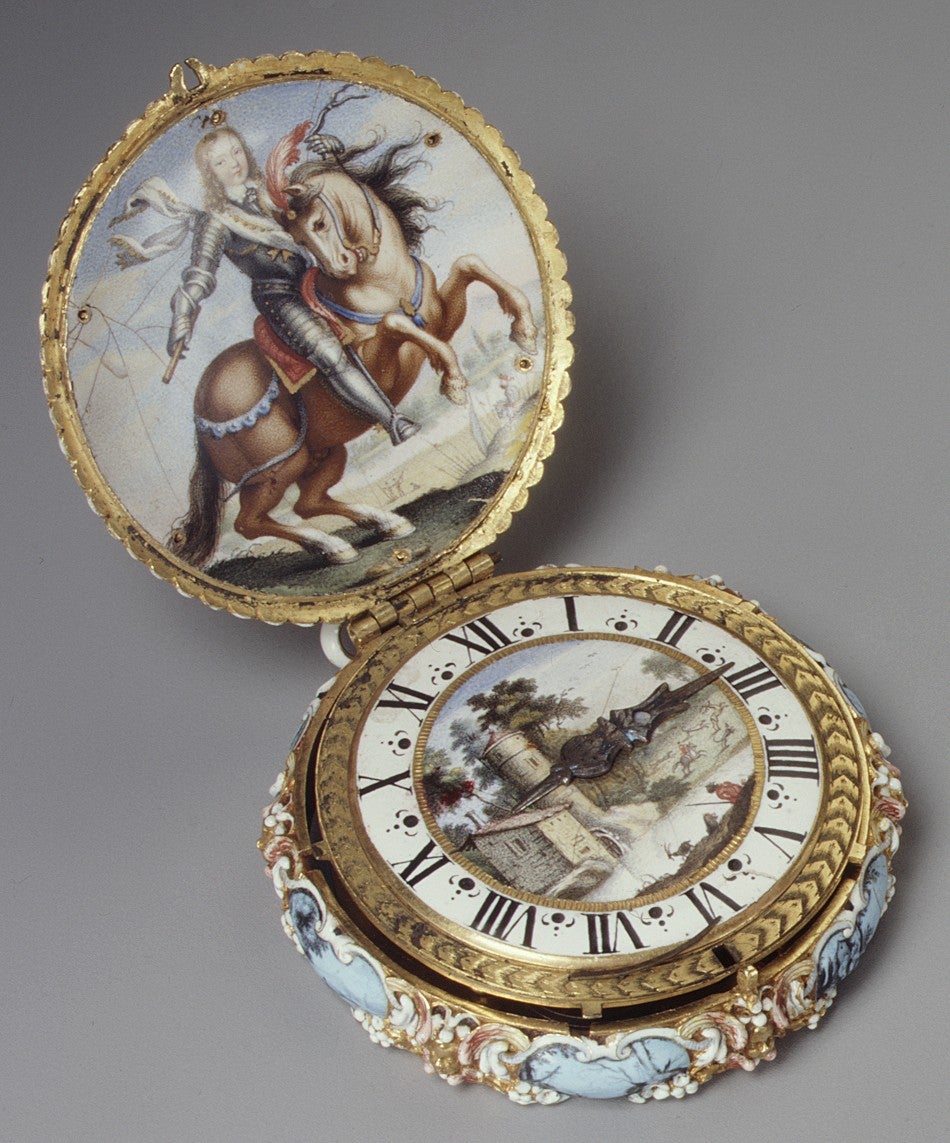
“The king stood in for the nation, and his things stood in for him,” write Peter McNeil and Giorgio Riello in Luxury: A Rich History. Louis, for example, possessed a “ship-like vessel that contained the king’s knife, fork, and napkin,” and he compelled courtiers to bow before it. (Perhaps bending a knee before a boat full of flatware was a 17th-century version of double-tapping a photo of a place-setting at a candle-lit dinner party on Instagram?)
The lavish furnishings and fashion that Louis XIV required—much of which was supplied by state-supported royal manufacturers—established the French luxury sector as we know it, and with it the idea that the lifestyle of European aristocrats represented the pinnacle of luxury.
And in the late 1800s, when industrialization brought Americans such as Vanderbilt, Rockefeller, Carnegie, Guggenheim, Astor, Morgan, and Ford enough money to imitate those European aristocrats, that’s just what they did, building Georgian-style mansions and sprawling chateaus along the Eastern seaboard, which they decorated with French furniture and medieval tapestries.
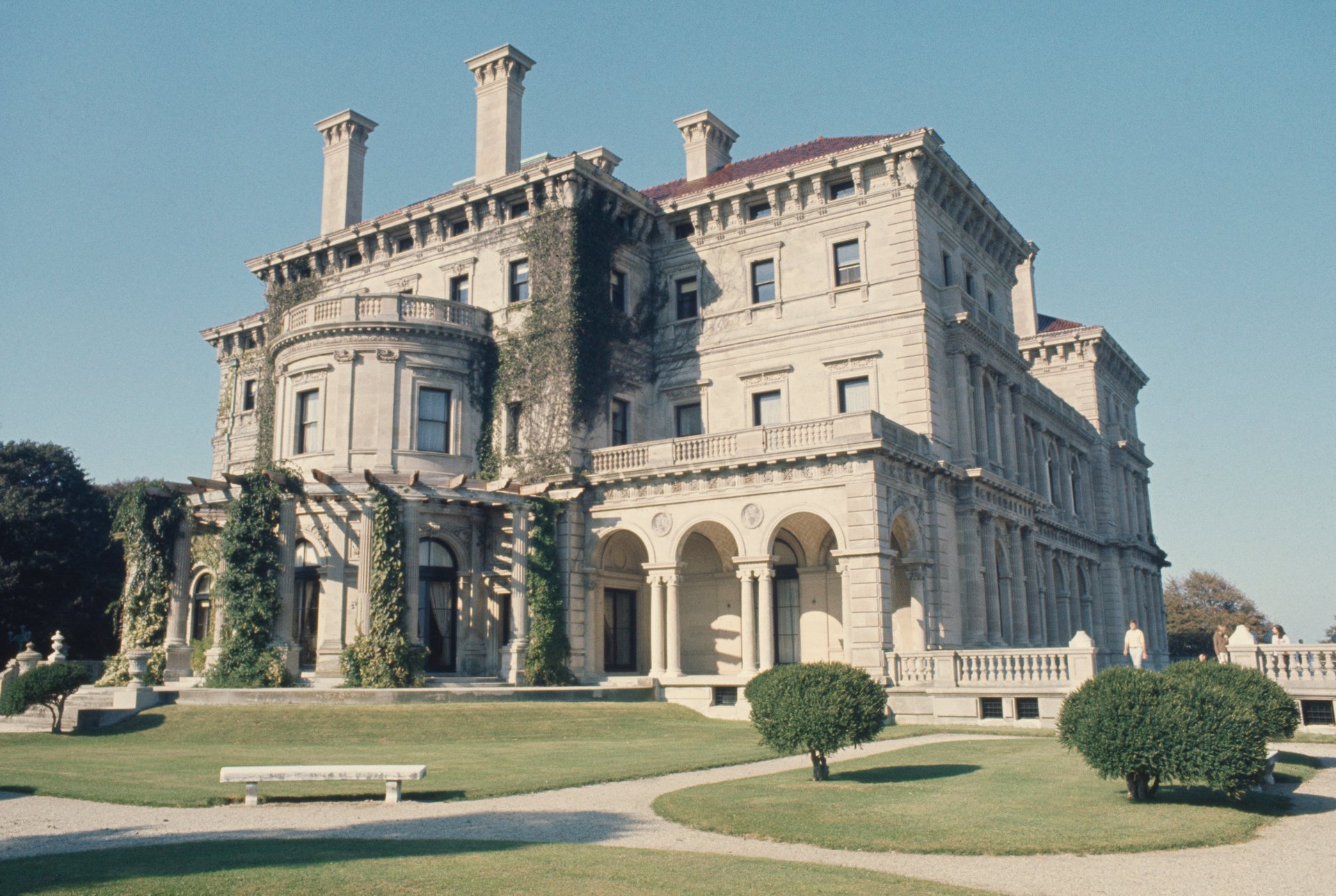
The economist Thorstein Veblen laid out the social forces that shaped such behavior in his 1899 treatise, The Theory of the Leisure Class. Here, he coined the term “conspicuous consumption” to describe how people exempt from manual labor bought goods whose primary function was to confer status. When it came to high fashion, an item of clothing sought to demonstrate both that it was expensive and that it would impede physical labor—a man’s high hat, for example, or a woman’s high heel.
Veblen argued that conspicuous consumption extended to how people spent their time, describing such non-productive activities as studying dead languages, raising pet dogs and race-horses, and collecting the latest fashion, furniture, and art as “conspicuous leisure.” These hobbies—and the accessories associated with them—demonstrated that a person had ample time to devote to utterly useless pursuits.
We see this today in the marketing of high-end watches. A plastic Swatch might well tell you the hour, but a Rolex Daytona tells you something else entirely. Such a watch tells you, for starters, that the owner spent upwards of $12,000 on it.
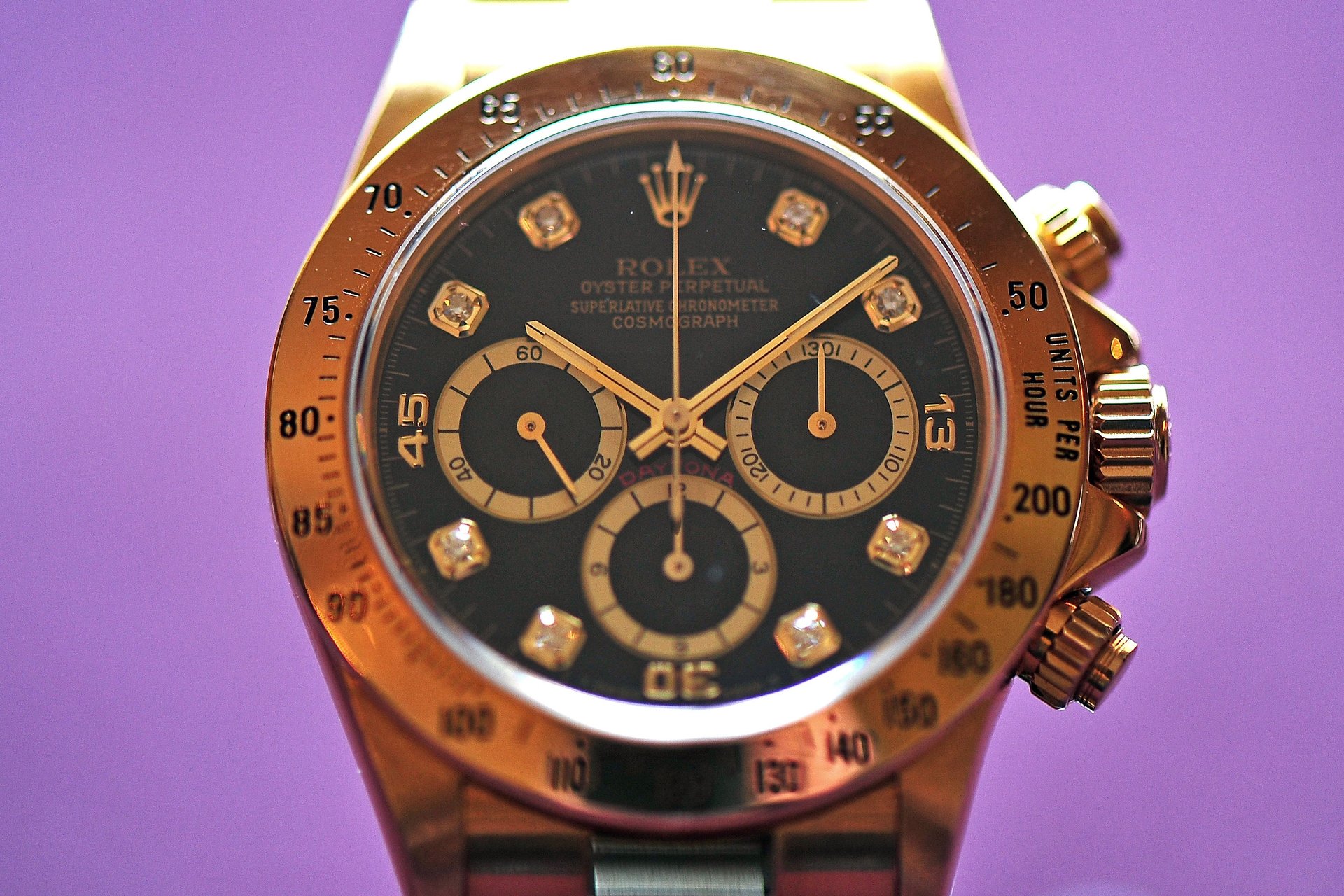
With their marketing, these high-end watches trade upon traditions of expensive leisure activities that require a huge investment of free time—yachting, auto racing, and diving among them. The Daytona, for example, might suggest that the wearer owns race-cars, and so requires a chronograph designed for timing their laps around a track.
Well, yeah, ostensibly, you might say. It might also just tell you that the owner is a poser who wears a Rolex because that’s what rich people do.
And this is where the language of luxury breaks down.
We hate luxury, even as we aspire to it
Wearing wealth on one’s sleeve can backfire. In 1793, Marie Antoinette, a woman who found her $3.6 million annual clothing budget to be insufficient, was sent to the guillotine and her palaces were plundered in the French Revolution. The 37-year-old queen became the ultimate martyr for luxury—her death an embodiment of working-class rage at its excesses.
But even as her diamond-encrusted gowns and masquerade balls personified the vast inequality that drove France to bloody revolution, they also inspired imitators all over Europe. The Queen’s yard-high hairdos, in particular, drew widespread attention, wrote Judith Thurman in the New Yorker in 2006.
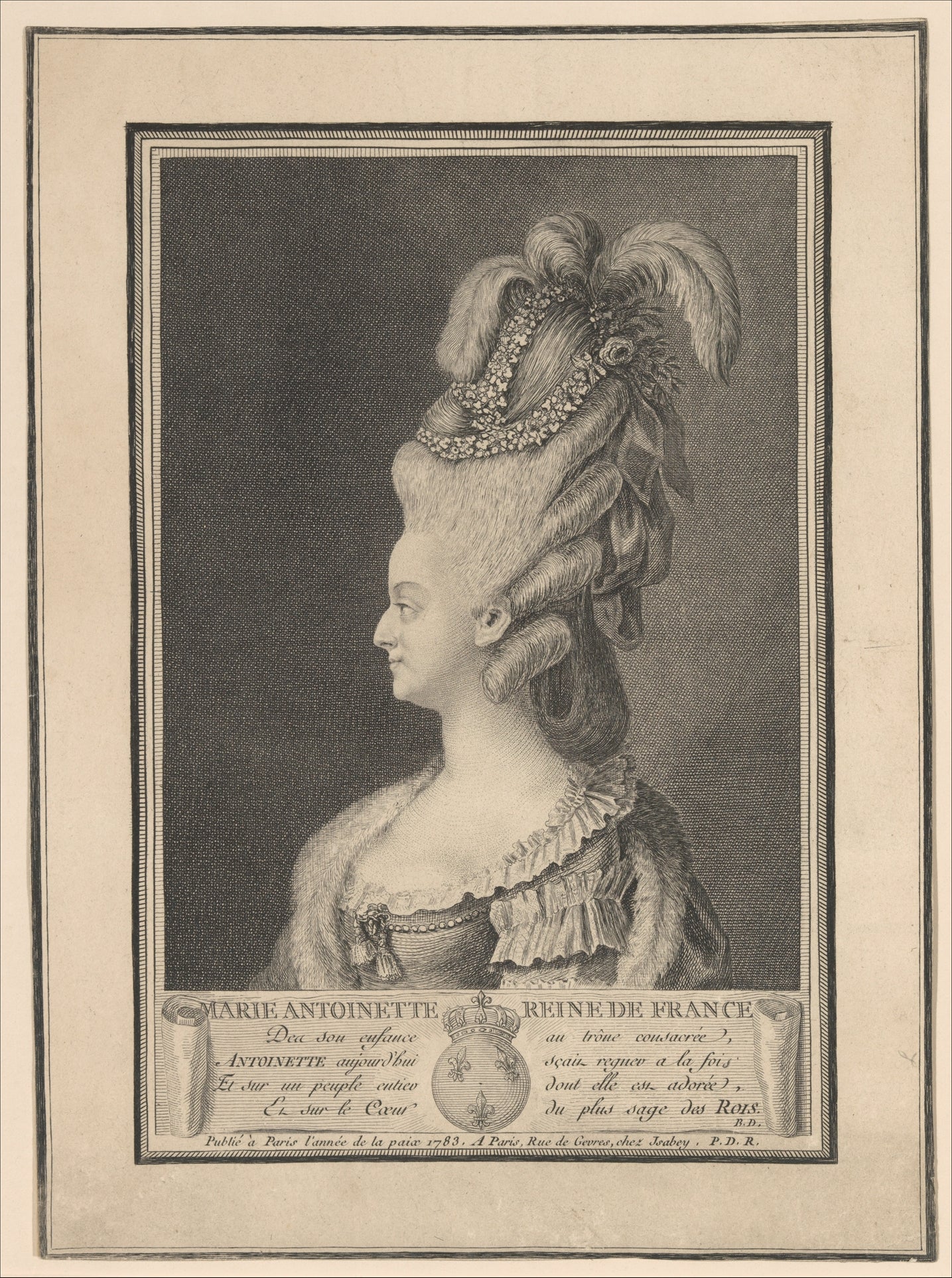
“The pouf was a cross between a topiary and a Christmas tree, and each creation, about a yard high, had a sentimental or political theme, depending on the wearer and the occasion,” she wrote. “This amusingly freakish coiffure became the rage all over Europe, and, like most of the Queen’s fashion fantasias, it proved particularly ruinous to her plebeian imitators, who, it was said, sacrificed their dowries on the altar of the Austrian’s frivolity, and thus their chances of marriage.”
Today, we have modern-day Marie Antoinettes inspiring—or “influencing,” in the parlance of our times—millions of such imitators via social media.
We might scoff at the travails of the Kardashian-Jenner family, whose main distinction is their ability to conspicuously consume on camera. But man, are they good at capitalizing on that. When the 18th-century economist Adam Smith wrote, in the The Theory of Moral Sentiments, that “the rich man glories in his riches, because he feels that they naturally draw upon him the attention of the world,” he might as well have conjured up the Kardashian matriarch and “mom-ager” Kris Jenner.
Our fascination with Jenner’s offspring—obsessively following details such as the $320,000 Ferrari Kylie received on her birthday, or the $10,000, crystal-studded Saint Laurent boots Kendall wore to celebrate hers—has helped keep their reality show on television for 14 seasons (and counting), and given them the platform from which to launch spinoff products and projects, and secure endorsements making them millionaires many times over.
And they’re not the only ones benefiting from our aspiration to live like kings and queens. Today “luxury” describes a $1.25 trillion sector of the global economy, from six-figure watches and seven-figure superyachts to slightly more accessible fripperies, such as fur-lined loafers and bunny-shaped keychains, created, as LVMH CEO Bernard Arnault told author Dana Thomas, in her 2007 book Deluxe: How Luxury Lost Its Luster, precisely to create aspiration: “You feel as if you must buy it, in fact, or else you won’t be in the moment,” he said. “You will be left behind.”
That feeling, as anyone who has ever pined for a pair of shoes or handbag beyond their budget can attest, is not necessarily a good one. And in the midst of a new Gilded Age, when the world’s super-rich hold their greatest concentration of wealth since the heyday of Carnegie, Rockefeller, and Vanderbilt, it stands to reason that it’s rampant. As are the knockoffs of those shoes and handbags.
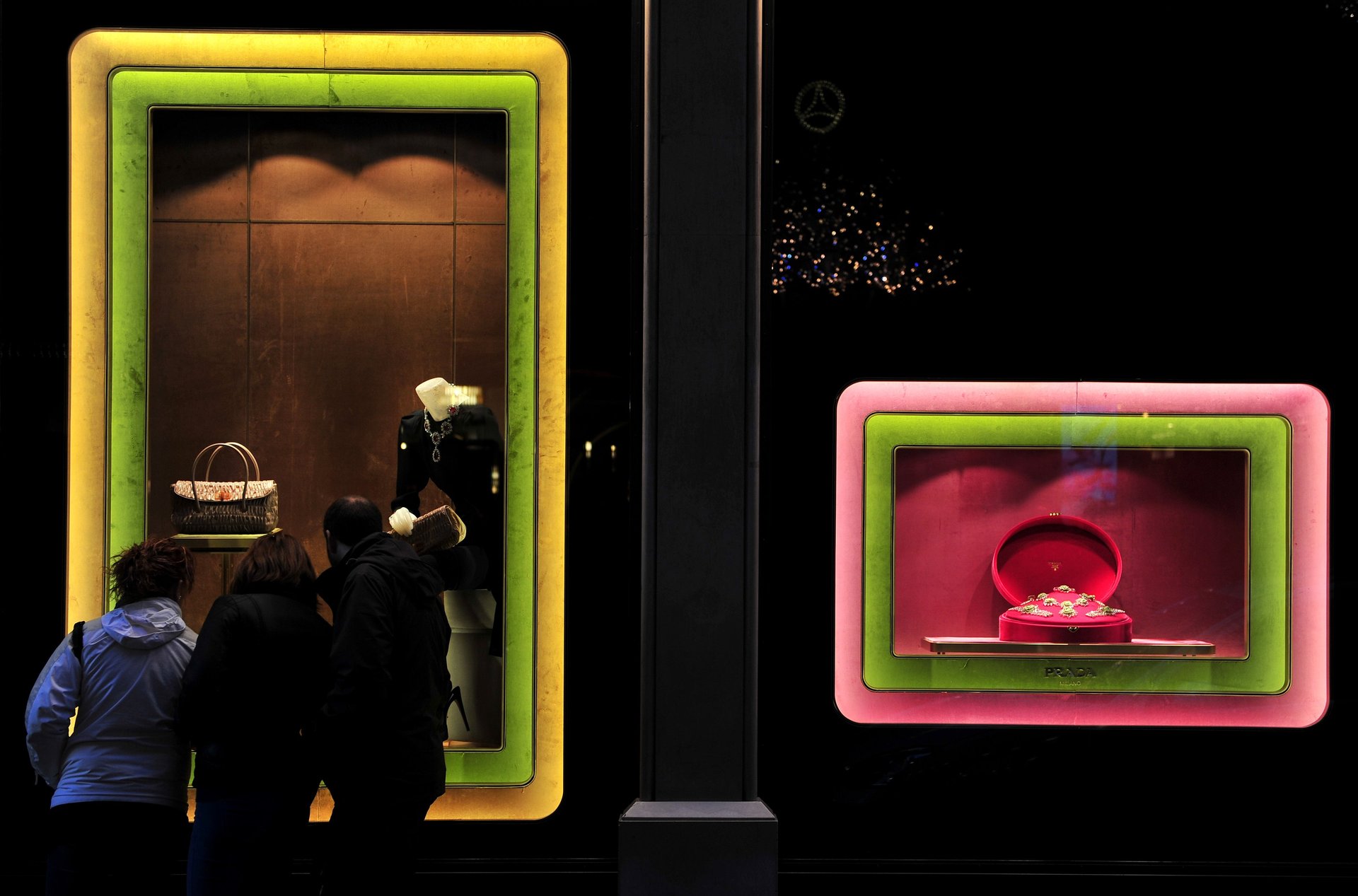
Luxury has a new, covert language
For as long as the concept of luxury has existed, so has a societal uneasiness—disgust, even—with the performance of wealth. That disgust has come not only from the poor, but also from the wealthy, horrified when the luxuries that once signified their class become more widely available.
“In its origins, luxury was not a term to describe consumption by elites, but one used to denigrate the consumer practices of newly emerging wealthy classes,” writes historian Catherine Kovesi, of luxury in ancient Rome. “It was the Italians who were the first to revive the ancient use of luxury as a term of denigration for the aspirational consumption of non-elites, and it was also the Italians who were the first to invent a new word in the vernacular to describe this consumption—lusso, or luxury.” (Lusso was coined by a poet in 1441, who paired it with pomp and pride, and called it “revolting” some 500 years before anyone mocked a person pairing pointy-toed loafers with distressed denim and oversized aviators as “Eurotrash.”)
In Deluxe, Thomas argues that when profit-focused executives such as Arnault turned luxury brands into global juggernauts by licensing their names and manufacturing tchotchkes bearing their logos, the quality of the products diminished and with it, their symbolic meaning. “In order to make luxury ‘accessible,’ tycoons have stripped away all that has made it special,” writes Thomas. “Luxury has lost its luster.”
Meanwhile, a rising set of Western elites are abandoning the old-school trappings of wealth and instead finding new markers of luxury—locally raised eggs, yoga classes, organic cotton t-shirts. To this new “aspirational class” the tote bag that comes free with a New Yorker subscription is more impressive than even the rarest of Birkins. That’s because their idea of luxury is defined less by expensive possessions than by a set of cultural values.

“They distance themselves from conventional material goods not because they are uncomfortable with wealth … but rather because material goods are no longer a a clear signal of social position or a good conduit to reveal cultural capital or knowledge,” author Elizabeth Currid-Halkett writes in her 2017 book, The Sum of Small Things: A Theory of the Aspirational Class. “Today, material goods are plentiful but their ability to reveal or enable social mobility is increasingly limited.”
The “new elites” have cultivated a value system based on social, environmental, and cultural awareness—which has proven an effective way to reveal their social position. Rather than displaying the top hats and heels of Veblen’s conspicuous consumption, they opt for signifiers that reveal their intellectual depth and values, a distinction hilariously captured in a Portlandia bit entitled “Did You Read It?” that ends with the stars literally consuming—as in, eating—a copy of Portland Monthly magazine in a competition for cultural superiority.
As traditional luxury brands recognize this new consumer, they are scrambling to tout their sustainability and supply chain transparency, and to tell their feel-good backstories. The online shopping site Zady, a so-called “lifestyle destination for conscious consumers,” established in 2013, traffics in just this idea of luxury. The selling page for a $250 cable sweater reveals that it’s made of certified organic “non-mulesed” wool (meaning sheep don’t undergo the controversial removal of the skin near their tails to prevent infection) and alpaca from Peru and Argentina, which is spun in northwestern Italy, before it’s knit into a generously oversized turtleneck that indeed looks like a sumptuous costume for a Whole Foods run.
Luxury makes us human
Truth told, it’s a nice-looking sweater. And if I did long to curl up in it, that wouldn’t make me an asshole. It would just make me human.
In Plato’s Republic, the dialogue on civilization recorded some 2,400 years ago, Socrates laid out a picture of an ideal and peaceful city, in which every citizen’s needs—food, clothing, and shelter—would be met in a simple style:
They will work, in summer, commonly, stripped and barefoot, but in winter substantially clothed and shod. They will feed on barley-meal and flour of wheat, baking and kneading them, making noble cakes and loaves; these they will serve up on a mat of reeds or on clean leaves, themselves reclining the while upon beds strewn with yew or myrtle. And they and their children will feast, drinking of the wine which they have made, wearing garlands on their heads, and hymning the praises of the gods, in happy converse with one another. And they will take care that their families do not exceed their means; having an eye to poverty or war … And with such a diet they may be expected to live in peace and health to a good old age, and bequeath a similar life to their children after them.
Socrates’ city sounds pretty good—a simple society in which everyone is satisfied, but not to excesses that would cause injustice, poverty, or war. But his fellow philosopher, Plato’s brother Glaucon, disagreed, dubbing this polis a “city of pigs.” A city fit for humans, he posed, should go beyond such bare necessities. “People who are to be comfortable are accustomed to lie on sofas, and dine off tables,” Glaucon said. “And they should have sauces and sweets in the modern style.”
Socrates immediately understood: “The question which you would have me consider,” he replied, “is not only how a State, but how a luxurious State is created.”
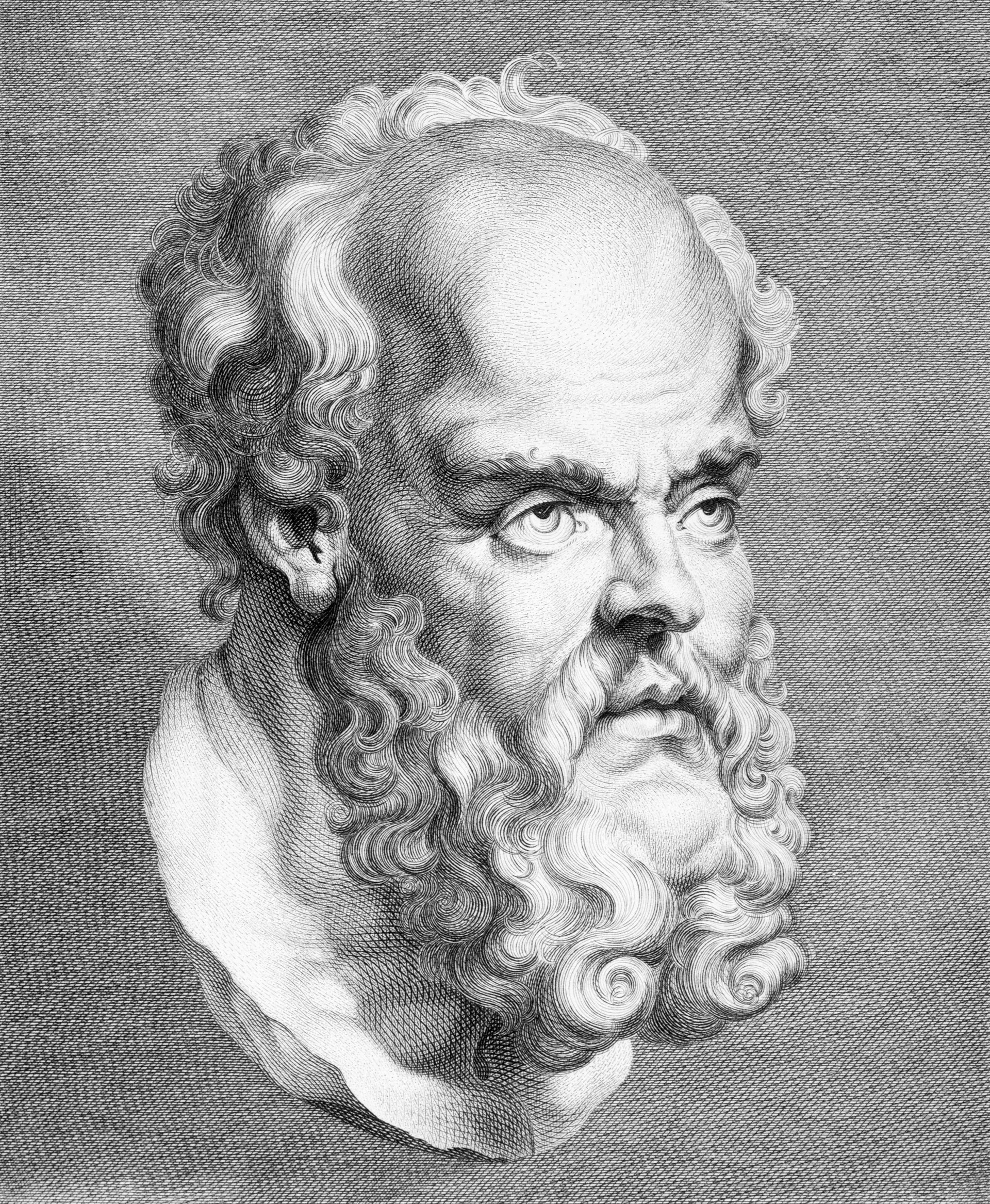
A luxurious state would likely have more injustice and illness, Socrates said—but he acknowledged it to be inevitable, given the depths of human desire. (Sauces! Sweets!) People would not be satisfied with the simplest food, clothing, and shelter, Socrates realized. No, he said—as if flipping through an advance copy of the Bloomingdale’s Christmas catalogue—they’re probably going to want sofas, tables, perfume, incense, cakes, and all manner of embellished goods. And we’re probably going to need to make this city bigger, fill it with artisans to create these luxury goods, and train soldiers to protect its borders. And so was born the “luxurious State,” distinguished by its luxuries from the “city of pigs.”
For thousands of years since, humans have aspired to more than the essentials of food, clothing, and shelter. And while our ability to obtain such luxuries externally conveys a sense of status, that’s not their only purpose. As anyone who has flown business class, floated lazily in the sea on holiday, or invested in high-end socks could attest, sometimes luxury is just… pleasant.
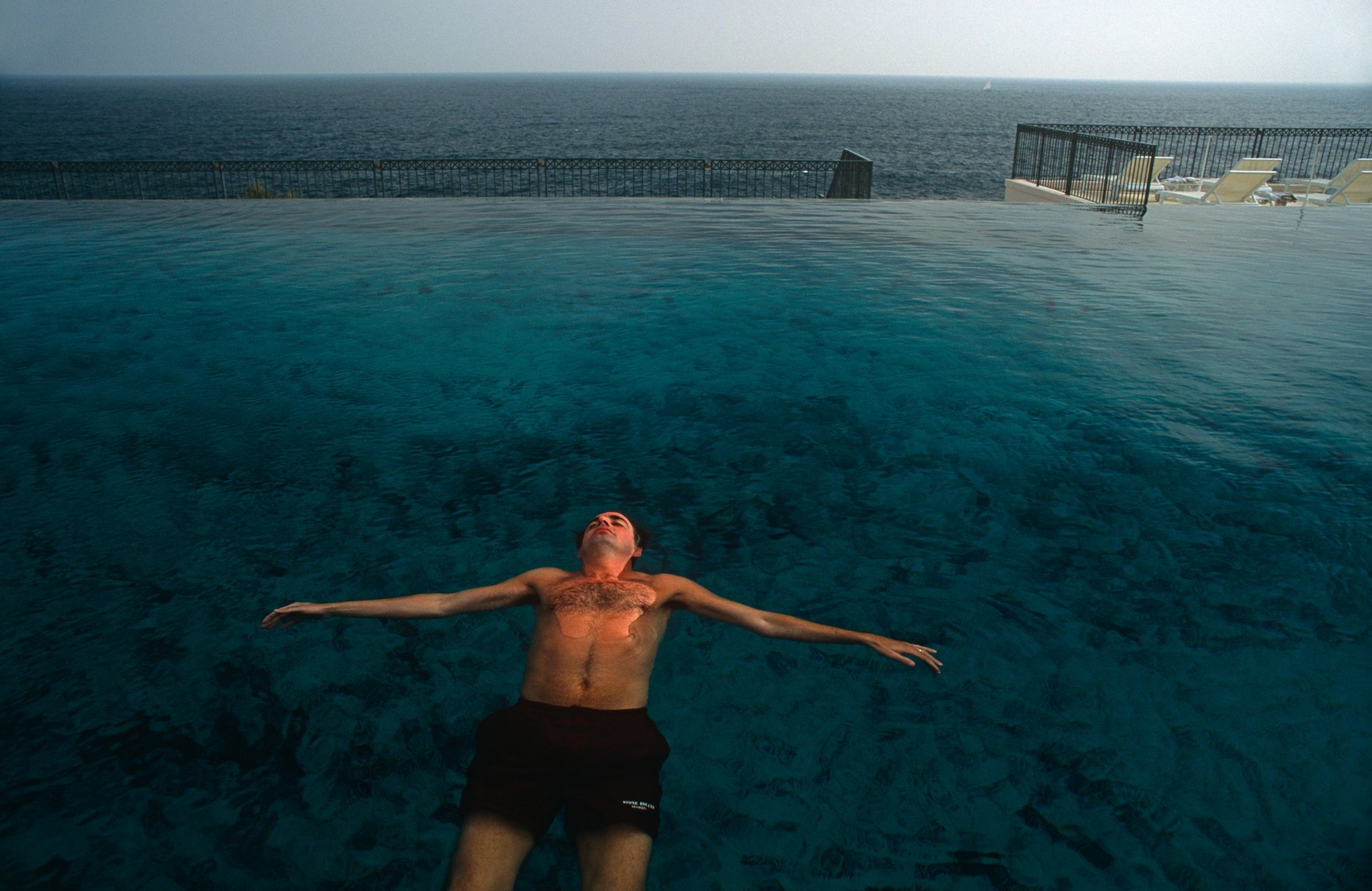
As Quartz’s Olivia Goldhill wrote, “Far from being an indulgence only of those who are supremely wealthy, luxuries are often most valuable precisely to those who struggle the most to afford them.”
In 381 BC, it assured the citizens of Socrates’ luxurious state that they were more than pigs. In the productivity-obsessed 21st century, a personal luxury might remind us that we’re more than machines.
Christian Dior made this argument when he debuted his “New Look” in the aftermath of World War II. Then a new couturier, he was lambasted as unpatriotic for opening a luxury label in Paris during such grim times. But he defended a personal sense of luxury in lofty terms: “In a time as dark as our own, where luxury consists of guns and airplanes, our sense of luxury must be defended at all costs,” he wrote. “I believe that in it there’s something essential. Everything that goes beyond the simple fact of food, clothing and shelter is luxury; the civilization we defend is luxury.”
In other words: Luxury—with all the aspiration, ambivalence, and envy we feel for it—isn’t just a bug of society. It’s a feature, fundamental to what makes us human.